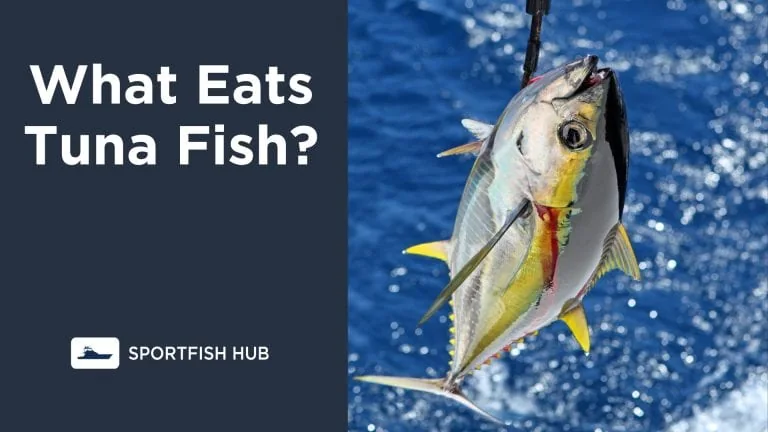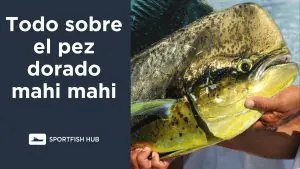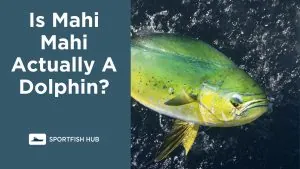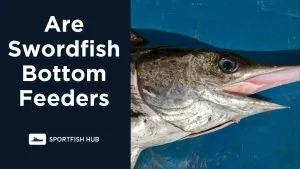Tuna are strong, fast predators that sit near the top of the ocean’s food chain. But even these powerful fish have natural predators in the wild. Understanding what eats tuna can give insights into marine ecosystems and food webs.
You might also be interested in reading What Do Tuna Eat?
Major Tuna Predators
Only a handful of ocean predators are capable of taking down large, healthy tuna. The main tuna predators are:
- Orcas
- Sharks
- Humans
- Other large tuna
- Giant squid
Orcas, sharks, and other tuna species pose the biggest natural threat to tuna. Meanwhile, humans have heavily exploited tuna populations through commercial fishing.
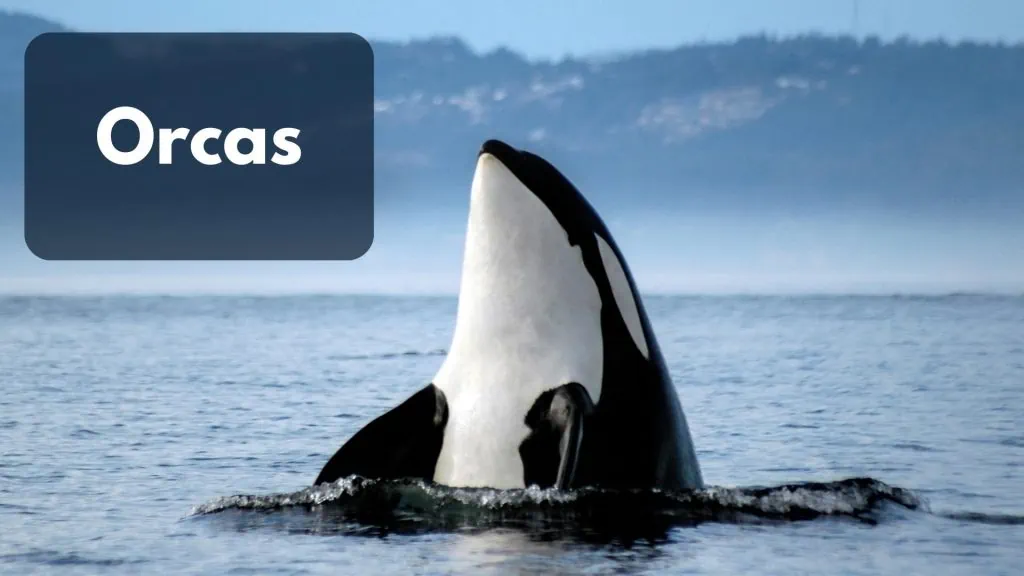
Orcas
Killer whales, or orcas, are the main predators of large tuna like bluefin and bigeye tuna. Orcas hunt in deadly pods and use teamwork to herd and overwhelm these fast swimmers.
No other marine mammal can consistently take down adult tuna. Orcas are big enough and smart enough to kill tuna at all life stages.
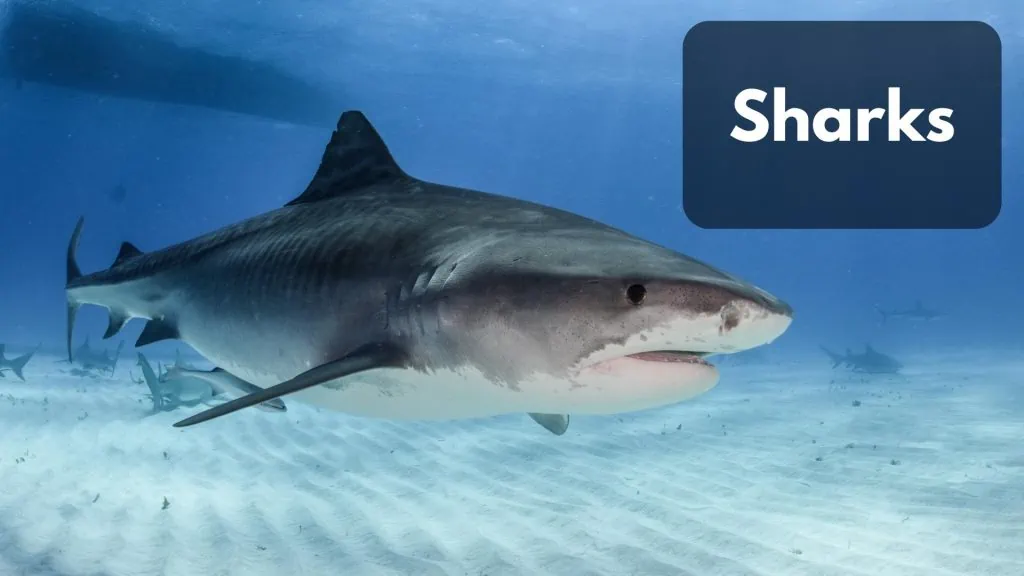
Sharks
Large species of sharks prey on tuna. These include:
- Great white sharks
- Tiger sharks
- Bull sharks
- Makos
- Hammerheads
Sharks don’t have the endurance to chase down tuna over long distances. Instead, these ambush predators target young, old, or otherwise vulnerable tuna.

Other Tuna
Big tuna species like bluefin will eat smaller tuna. Cannibalism is common, with large adults consuming juveniles of the same species.
Tuna also prey on each other between species. Yellowfin tuna may eat skipjack, for example. This inter-species predation can impact tuna populations and ecology.

Humans
Humans exploit tuna through commercial fishing fleets around the world. Some species like bluefin are severely depleted due to overfishing.
International management has attempted to limit catches. But illegal and unregulated tuna fishing persists, making humans perhaps the biggest current threat to global tuna stocks.
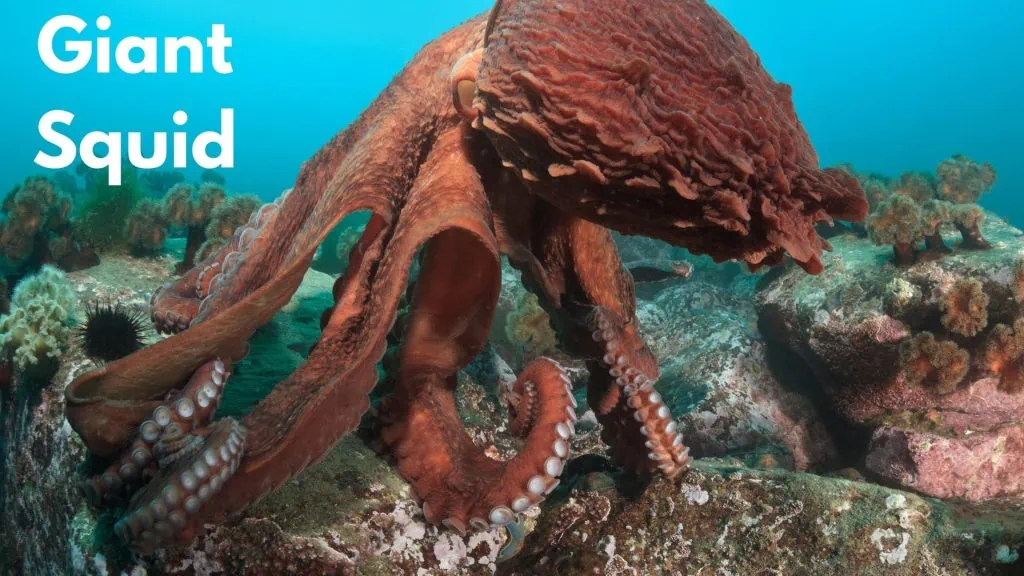
Giant Squid
As giant squid populations grow, they may increasingly prey on large tuna. Squid are formidable creatures with hooks and suckers for capturing prey. However, they have not yet been observed attacking full-grown tuna.
Young Tuna Predators
Young tuna face the highest predation rates from a wide range of ocean animals. What eats small and juvenile tuna?
Fish
- Barracudas
- Marlin
- Swordfish
- Cod
- Groupers
- Snappers
Small bony fish often specialize in eating the eggs and larvae of tuna. They take advantage of weak swimmers that cannot yet escape.
Some large predatory fish also prey on juvenile tuna once they are more developed. These predators are faster than young tuna and overpower them.

Marine Mammals
- Dolphins
- Porpoises
- Seals
Schools of dolphins and porpoises corral and herd juveniles. Seals attack younger tuna near reefs and shores. These intelligent marine mammals are skilled hunters.
Sharks
- Requiem sharks
- Threshers
- Cookiecutter sharks
Smaller shark species prey on larvae and young tuna. Their jaws and teeth are designed to handle smaller soft-bodied fish.
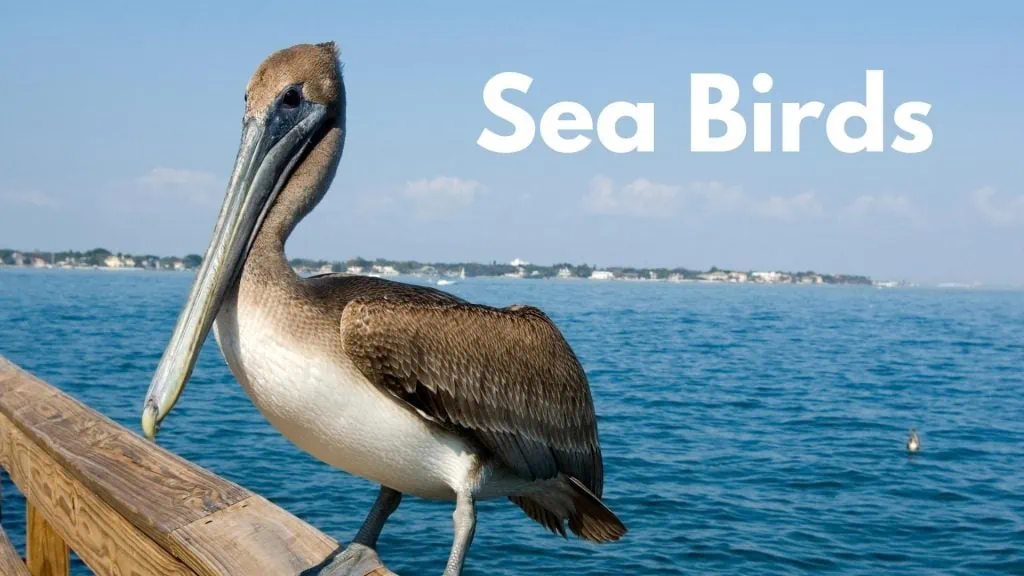
Sea Birds
- Cormorants
- Pelicans
- Gannets
- Skuas
- Terns
Seabirds dive from the air or swim underwater to snatch up bits of tuna flesh. Large aggregations can drive tuna into a bait ball and pick them off.
Other Predators
- Squid
- Octopuses
- Sea turtles
- Jellyfish
These ambush predators consume tuna eggs and larvae. Jellyfish can swarm thickly, eating huge numbers of juvenile tuna.
Tuna Predation Through Life Stages
Tuna face the highest predation rates right after hatching, with many larvae eaten by jellyfish and other zooplankton. Those that survive grow quickly, reducing predation over time.
| Life Stage | Predators |
|---|---|
| Eggs | Small fish, octopuses, squid, jellyfish |
| Larvae | Fish, birds, dolphins, sharks, jellyfish |
| Juveniles | Large fish, sharks, marine mammals, squid |
| Adults | Orcas, sharks, humans, giant squid |
Eventually, tuna reach a size where few predators can threaten them. Their powerful swimming and schooling behavior also deter potential predators throughout life.
Predator Populations Shape Tuna Stocks
The populations of tuna predators influence the abundance of tuna species. More predators means higher mortality rates for tuna.
For example, recovering giant squid populations could increase predation pressure on tuna. Meanwhile, declining shark numbers due to overfishing likely benefit tuna stocks.
Monitoring key tuna predators gives insight into food web dynamics. This aids fisheries management and conservation efforts.
Conclusion
Tuna occupy an important niche in ocean environments as fast predators near the top of the food chain. But a wide array of marine animals prey on tuna, especially in early life stages.
Understanding tuna’s role as prey reveals important details about marine ecosystems. The populations of predators and prey ebb and flow in complex balances.

